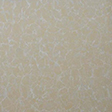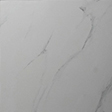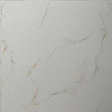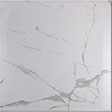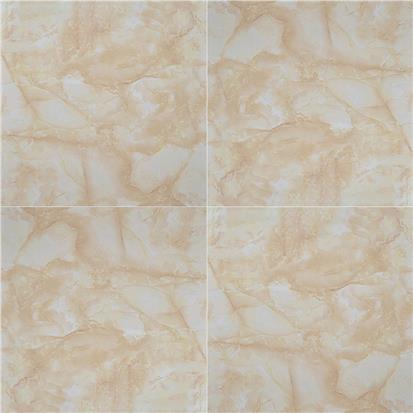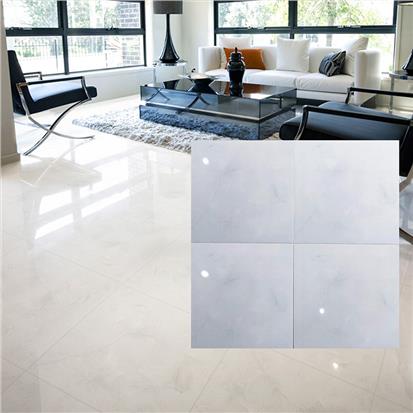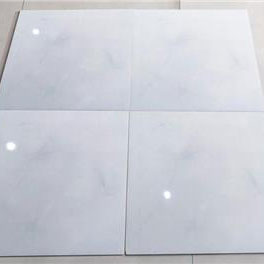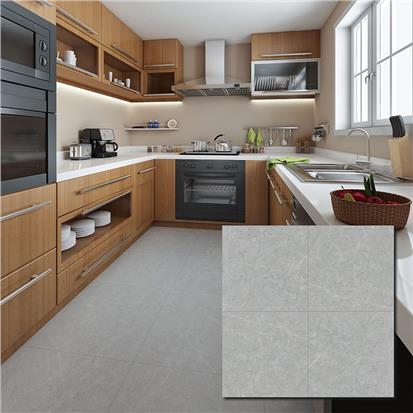
Window sills are horizontal surfaces that can be found along the top of window frames. Tiling is the process of covering or decorating a surface with tiles, typically for decorative or functional purposes. There are many benefits to tiling your window sill, including added durability, improved aesthetics, and increased insulation from heat and cold air.
What You Need to Tile a Window Sill
Materials Required for the Job: Before you begin any tiling project it’s important to have all of your materials gathered ahead of time to reduce any potential delays during installation. For this job, you will need tiles (ceramic is popular), adhesive/mortar, grout, and sealant (if necessary).
Tools Necessary for the Task: Depending on what type of tile you choose, certain tools may be required such as tile spacers, notched trowels, and wet saws to properly size each piece before installing them onto their designated surface area. Additionally having protective gloves on hand would also help safeguard against possible abrasions while handling small pieces throughout this process.
Preparation Steps Before Starting Your Project: Before starting your project it’s best practice to check that everything is level by using an adjustable laser line tool so that when laying down each new tile they will fit flush with one another without requiring too much additional work afterward correcting imperfections which could arise due unevenness present at the start-up stage.
Step-by-Step Guide on How To Tile A Window Sill
1) Remove Old Surface From The Area: Use either an electric drill fitted with a suitable bit attachment specifically designed for these kinds of jobs or if preferred use a standard manual screwdriver to remove existing screws holding the previous material in place. Once removed, clean the entire area thoroughly removing dust and dirt particles before applying brand layer adhesives.
2) Apply Adhesive To Create An Even Base: Applying an even base requires spreading the mortar mixture over the entire section being worked around edges to ensure coverage completely smooth finish -creating an ideal platform upon which to rest subsequent layers.
3) Cut Tiles Into Desired Size & Shape: Taking into account the scale desired effect cut pieces accordingly some shapes require more intricate levels of precision cutting than others depending on the complexity design chosen i.e. circular-shaped formations may prove trickier to execute compared to straight lines, rectangles, etc.
4) Place Your First Tile In The Corner: Begin the corner working outward ensuring secure placement of each following addition outside perimeter edge walls to ease accuracy.
5) Continue Placing Each Piece Making Sure They Are Securely In Place: With assistance provided earlier outlined step regarding leveling the foundation proceed affixing the remaining sections gradually building outwards until reaches the far side room taking care to maintain uniformity intervals between gaps although slight fluctuations occur natural look finished product still achieved end goal taken mind through entirety task.
6) Add Grout Over All Areas: Let Dry and Clean Up Any Excess Material Enjoy a New Look! Finally, after completing the first few steps above, add grout to cover the space left behind between different colored ceramic materials. Let's settle according to the instructions. Packaging allows dry wipe away the residue left on surrounding areas to admire the results of hard labor undertaken by your own hands!
Why It's Worth Taking On This DIY Project Despite the fact windowsills occupy a relatively small portion of homes overall outcomes achievable significantly alter the appearance of interior spaces deciding to invest effort value highly recommended investment long run cost-effective solution beautifying abode adding personal touch individuals unique style vision achieved via careful planning execution guidance offered article.
 EN
EN FR
FR PT
PT AR
AR


